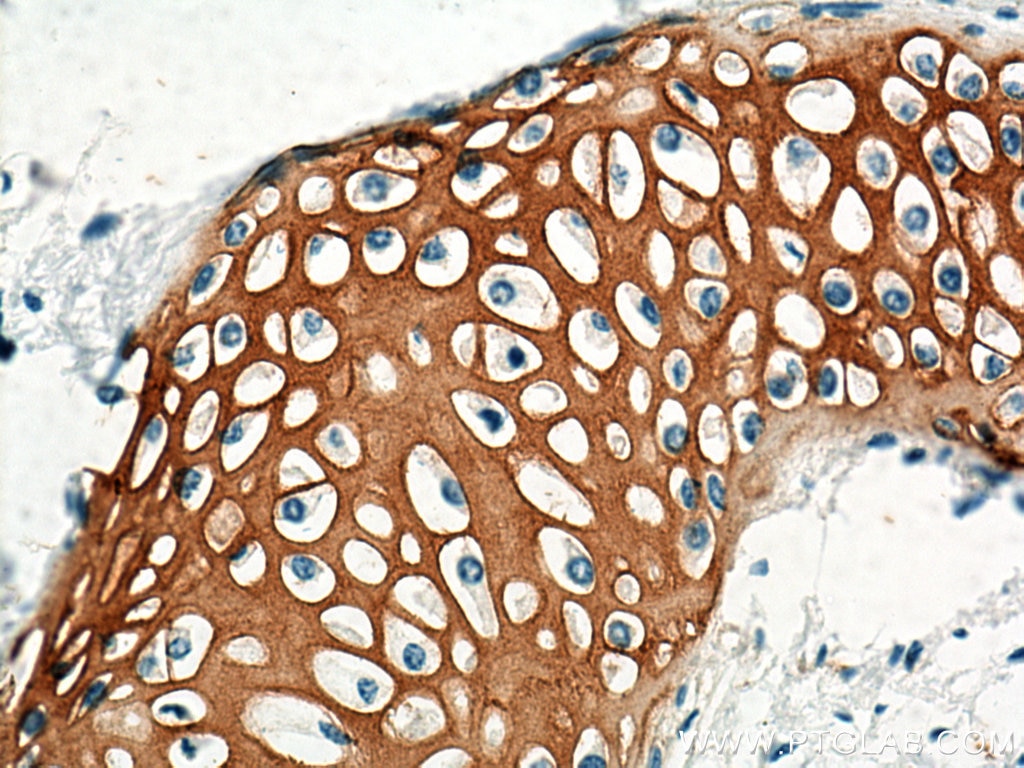

Previous studies have shown that fibrillogenesis may involve coassembly of different types of collagens.

#TYPE 3 COLLAGEN SKIN#
Type III collagen is a member of the fibrillar collagen family and is colocalized with the most abundant member of the family, type I collagen, in such tissues as blood vessels and skin ( 6– 10). This suggests that type III collagen is important for the development of skin and the cardiovascular system and for maintaining the normal physiological functions of these organs in adult life ( 4, 5). Patients with type IV Ehlers–Danlos syndrome, a genetic disorder associated with fragile blood vessels and skin, often carry mutations in the CO元A1 gene coding for type III procollagen ( 1– 3). Ultrastructural analysis of tissues from mutant mice revealed that type III collagen is essential for normal collagen I fibrillogenesis in the cardiovascular system and other organs. The major cause of death of mutant mice was rupture of the major blood vessels, similar to patients with type IV Ehlers–Danlos syndrome. About 10% of the homozygous mutant animals survived to adulthood but have a much shorter life span compared with wild-type mice. The mutated allele was transmitted through the mouse germ line and homozygous mutant animals were derived from heterozygous intercrosses. To directly study the role of Col3a1 in development and disease, we have inactivated the Col3a1 gene in embryonic stem cells by homologous recombination. Mutations in the CO元A1 gene have been implicated as a cause of type IV Ehlers–Danlos syndrome, a disease leading to aortic rupture in early adult life. In the adult, type III collagen is a major component of the extracellular matrix in a variety of internal organs and skin. Type III collagen is a fibrillar forming collagen comprising three α1(III) chains and is expressed in early embryos and throughout embryogenesis.


 0 kommentar(er)
0 kommentar(er)
